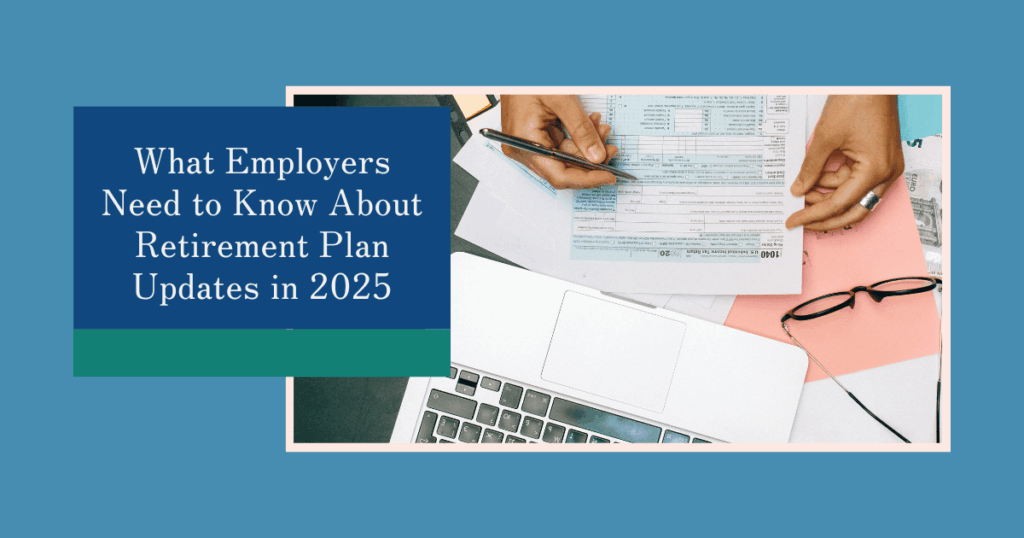Are You Caught Up on Catch-up?
There are a number of noteworthy changes rolling out as part of SECURE 2.0. Several of these changes will affect catch-up provisions. Among them are increased catch-up contributions for those aged 60-63 and, presenting a unique administrative challenge, a restriction on the type of contribution that can be used for catch-up contributions for certain employees.
Roth Catch-up Requirement for High Earners
One of the most impactful changes affecting catch-up contributions is the new requirement that any employee whose compensation exceeded a certain limit in the prior calendar year must contribute their catch-up contributions as Roth contributions, regardless of their deferral election. This change will largely affect highly paid employees, though there are certainly implications for the plan as a whole.
Delayed from the original 2024 start date, this change goes into effect starting January 1, 2026, for calendar year plans. For off-calendar year plans, this change will take effect on the first day of the plan year that starts in 2026. The time to prepare to catch up is now!
Who is Affected?
Any employee eligible for catch-up whose FICA wages exceed $145,000 (indexed annually) in the prior calendar year will be required to contribute catch-up as a Roth contribution. FICA wages are coded as Box 3 on the Form W-2.
Some important items to note with regard to wages and earnings affecting this limit:
- FICA wages do not include partnership or self-employment income
- If a participant is an employee at more than one participating employer in a retirement plan and receives more than one W-2, the wages are not aggregated to determine total earnings. Unlike individual deferral contributions which are annually aggregated to determine if the limit has been exceeded, the compensation limit is determined per employer.
What Needs to Be Done Now
With the two-year administrative transition period nearing its end, plans must be ready to implement the new rules by January 1, 2026.
Fortunately, if the plan already allows for Roth contributions, a specific election by the participant is not necessary to designate catch-up contributions as Roth if the participant has otherwise elected pre-tax deferrals – the plan can automatically treat their catch-up contributions as Roth if required.
We recommend working with your payroll provider now to ensure they are prepared to track prior-year compensation and apply the Roth catch-up requirement for participants who exceed the income threshold.
Failure to add Roth in advance of the deadline could have significant operational consequences:
- Participants who are required to contribute Roth as catch-up will be unable to make catch-up contributions.
- The plan will lose the ability to reclassify failed ADP testing contributions as catch-up to prevent corrective distributions to the Highly Compensated Employees.
Next Steps: Let Us Help You Prepare
To maintain flexibility and ensure compliance, we strongly recommend that all plan sponsors add the Roth source if one is not yet in place.
If your plan is not currently set up with a Roth contribution, please reach out to us so we can amend the plan and assist with updates at your investment provider for the Roth source well in advance of the January 1, 2026, implementation deadline.



